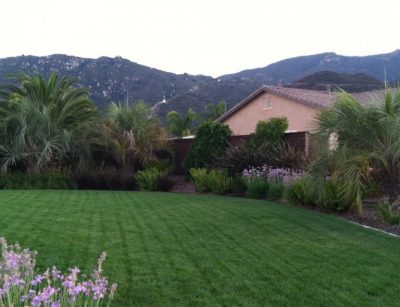
Now that spring has officially sprung, you might be noticing some changes in your lawn. In particular, this is the time of year that weeds begin to invade. Take immediate action now, using the following seven steps, so that you can control the growth of weeds before summer. Read more
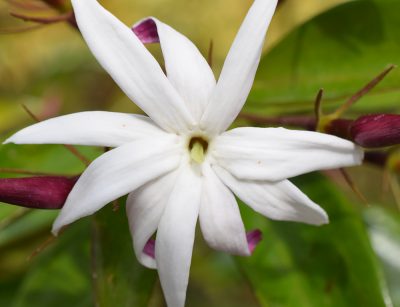
We tend to focus on the appearance of our gardens; after all, they definitely add curb appeal and beauty to our homes. But you can also engage your other senses outdoors. When you choose the right plants for your garden, you will enjoy a pleasing bouquet of scents throughout spring, summer, and even fall. Follow these steps to create a fragrant garden that is beautiful to both your eyes and your nose. Read more
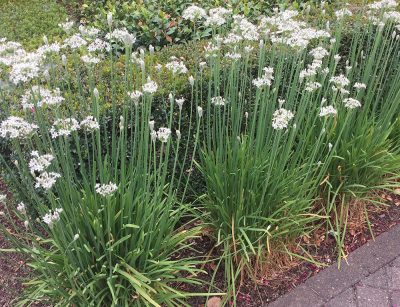
Rabbits, Squirrels, Gophers, oh my! There are few things more frustrating than planting a beautiful landscape or edible garden and having it munched on (or eaten to the ground) by animals. This video provides helpful information on what to plant and how to plant it when animals are an issue at your home or business.
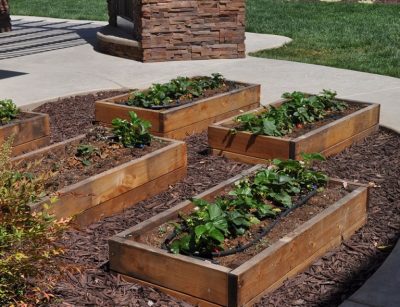
Now that spring has arrived, you might be ready to begin work on your backyard vegetable garden. The time to plant is just after the last frost date, according to the Farmer’s Almanac. Once that date has passed, it is safe to start your veggie garden – although some people choose to start their baby plants indoors a few weeks earlier. Read more
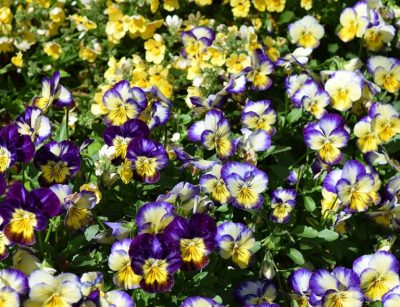
Yay! After a long, hard winter, spring has finally arrived!
Okay, so our winters aren’t all that difficult here in Southern California. But still, we all welcome the arrival of spring. Spring symbolizes new beginnings, a time for growth and abundance, and a feeling of endless possibility. So why not celebrate the new season with signature flowers?
When you think of spring flowers, you probably picture Lilacs, Heuchera, Daffodils, Tulips, Snow Drops, and Flowering Plum Trees. We have stocked all of these options, and more, at our nursery. So stop by and take a look at all we have to offer this spring!
Here are some things to consider as you choose your spring flowers… Read more
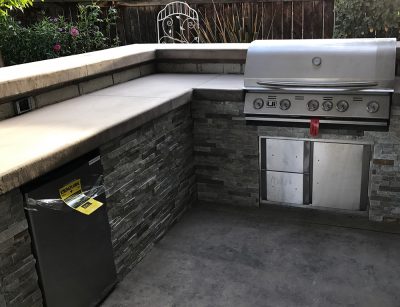
One of the greatest drivers of resale value on a home is a fabulous outdoor dining space. Creating an outdoor kitchen requires lots of advanced thought, good design, and expert execution. This video is a good primer class. Check it out!
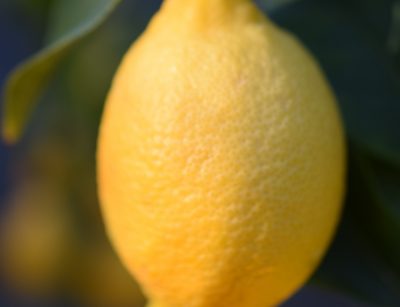
Growing your own food can be a great way to reduce your grocery bills, while supplying your family with fresh, locally-grown produce. But if you don’t store your food properly, you might not reap as many benefits from all of that effort. Check out our quick guide to proper food storage, and make the most of your home garden. Read more

Dogs are like a part of our family and we want the very best for them. When dogs have a designated, convenient and comfortable place to go, they are less likely to get themselves into trouble. To avoid having a messy puppy like the one in this picture, check out this video on how to create the best dog run for your pets!
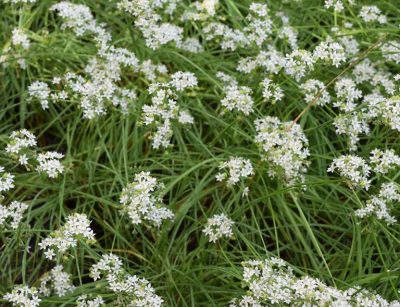
Garlic is definitely one of those “love it or hate it” foods. Occasionally you will meet someone who claims to hate garlic. They’re either very paranoid about their breath, or secretly a vampire (just kidding!) As for the rest of us, we know that garlic is delicious, and an absolute essential in a well-stocked kitchen. Garlic is even said to carry many health benefits.
As with most food crops, you might find that locally grown garlic is tastier and healthier. Read more
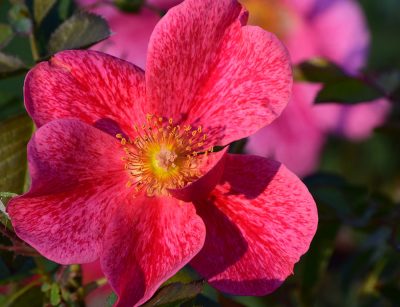
Roses have always held a special place in the garden; however, you aren’t born knowing the best places and spaces to plant Roses.
Are you interested in learning how to incorporate roses in your landscape? If so, check out this video for some helpful how to’s!
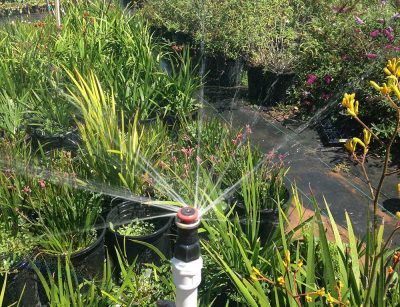
We have faced an intense drought over the past year, and officials continue to urge us to save water. If you have already installed a water-saving irrigation system, you’re ahead of the game. You’re helping the environment while also saving money on water bills.
Of course, as with any home improvement, you should regularly monitor your irrigation system for signs of a problem. Take these steps to ensure that your irrigation system is working as it should, and you can reduce water use by 10 percent or more. You will also protect the health of your yard by preventing over-watering. Read more
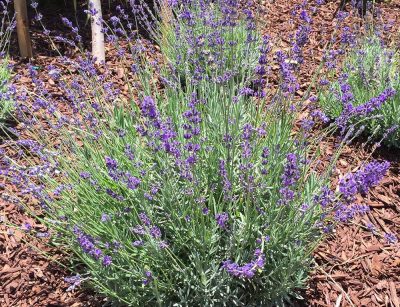
 Since prehistoric times, humans and even animals have naturally gravitated toward medicinal plants. It’s as if we instinctively knew where to look for the healing we need! Even today, many pharmaceutical medications are derived from plants. But you don’t need to rely on medications from the drug store, particularly for common mild ailments. Many healing plants are quite easy to grow in your own garden.
Since prehistoric times, humans and even animals have naturally gravitated toward medicinal plants. It’s as if we instinctively knew where to look for the healing we need! Even today, many pharmaceutical medications are derived from plants. But you don’t need to rely on medications from the drug store, particularly for common mild ailments. Many healing plants are quite easy to grow in your own garden.
Select the right plants. There are many factors to consider when selecting medicinal plants for your garden, such as:
- How much room do you have?
- How do the plants fit in with your overall landscape? Are aesthetics a concern?
- Watch out for aggressive, rapidly-spreading plants that could take over your entire garden (like mint).
- Consider the climate; what will grow well here?
- Do you have any particular health concerns? Research plants that might help heal conditions that you have, or prevent conditions that run in your family.
- Include one or two plants that are known to help with common ailments like colds. Everyone can use those!
- Contact us for more help selecting plants!
Ultimately, the species you choose will depend upon the above factors. But consider these common and easy-to-grow plants:
- Aloe Vera – great for soothing burns and other minor skin conditions
- Garlic – boosts your immune system and works as a natural antibiotic
- Ginger – soothes upset stomachs and promotes health digestion
- Dandelion – we’ve been hearing a lot of reports about the roots being a powerful anti-cancer agent
- Chamomile – this common herbal tea is a mild sedative and is often taken for fever and painful joints
- Lavender – the oil is known to relieve headaches, and a decoction of the leaves can help with stomach problems like nausea and vomiting
Those are just a few options… nature provides thousands of medicinal plants for almost any conceivable use!
Understand how to prepare your plants. In most cases, you aren’t simply going to eat plants straight from the garden. You should purchase a reliable resource book on preparing herbal remedies such as infusions, decoctions, cold extracts, poultices, fomentations, extracts, and tinctures. Learning these methods will help you to make the best use of your plants.
Consider other growing options. Aside from growing medicinal plants in your backyard garden, you have other options at your disposal. Some herbs grow quite well indoors, and many work great in living walls. Most can also be grown in pots if you dwell in an apartment with a balcony or small patio. Even if you don’t have a yard, you can find a way to grow at least a few basic medicinal plants.
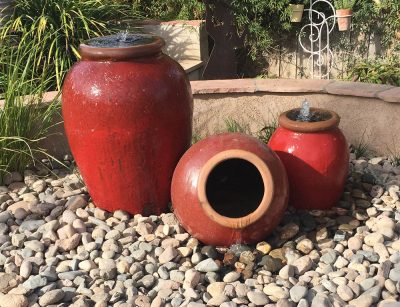
Homes located by major roadways or intersections can experience annoying sound levels that disrupt relaxation or time with family. Check out this video to learn about using landscaping to block road noise.
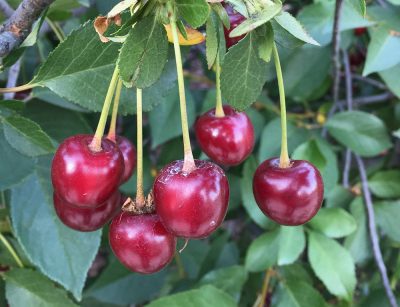
Fruit trees provide delicious food for your family during part of the year, but they do require year-round care. That doesn’t mean caring for your fruit trees has to be difficult! Once you have established young fruit trees in your yard, they are quite easy to maintain.
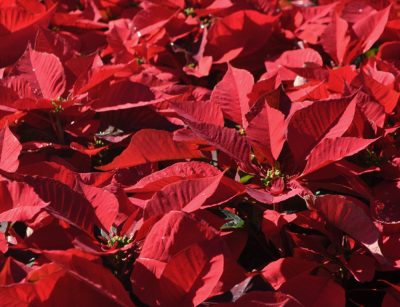
Poinsettias are most commonly associated with Christmas, but most will thrive long after the holidays are over. That leaves you with a dilemma: Should you throw out a perfectly healthy, attractive plant, or keep it around to enjoy again next year?
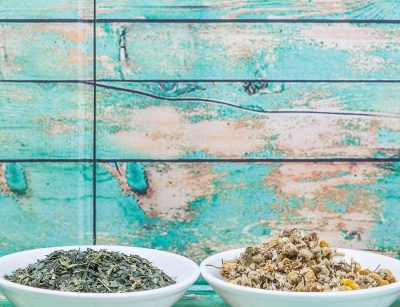
In recent years, we’ve seen a refreshing surge of people eager to grow their own food. It’s a great way to put your landscape to use for your family, and you can ensure that your food is organic and locally sourced.
But there’s more to growing food than putting in a few tomato or strawberry plants. Many people have branched out into herbal gardens, which are fun and easy to grow. Not only do herbs add flavor and excitement to your food, but many of them can be used for medicinal purposes! In particular, you can actually grow many plants to be used in your own homemade herbal teas. Read more
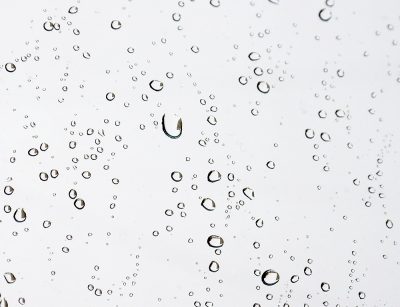
After the difficult drought we have endured in California, it might be hard to believe that heavy rainfall is on the way. But as you may have heard, El Nino is back, and weather forecasters predict we’ll be seeing a lot of rain over the winter months.
How bad will it get? First of all, keep in mind that our earth is currently parched from the long drought. That usually means that when rain does arrive, it won’t necessarily soak into the ground very easily. We should expect a lot of runoff water and standing water – perhaps even some flooding. Read more
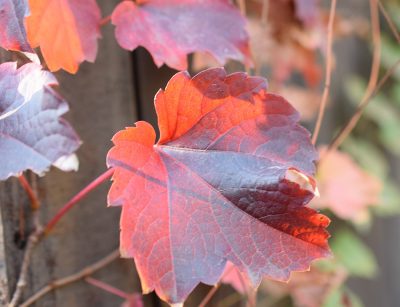
Fall has arrived, bringing with it cooler temperatures (on some days!) and vibrant colors! But if your landscape is looking a little less autumnal than you would like (as landscapes tend to do here in Southern California), you might wish to incorporate a fall theme into your yard. Read more
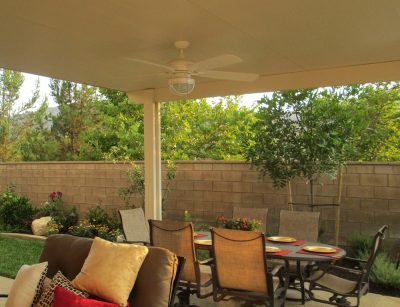
You might be considering the addition of a patio cover, for many important reasons. Covering your patio is the easiest way to provide shade, protect your patio furniture, and even keep your home cool during hot summer months. But the first decision you will make is an important one: Should you choose a wood or Alumawood patio cover? Read more
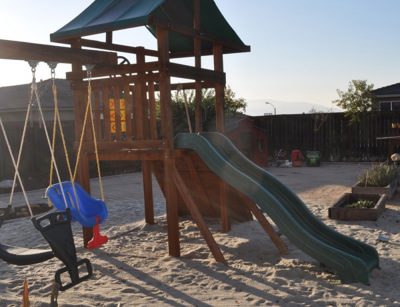
Most parents want to provide a safe, fun outdoor space for their children to play. We’re all aware of the benefits of fresh air, sunshine, and exercise! And yet, growing interest in design and aesthetics makes many of us feel wary about installing the typical trampoline set-up. Luckily, a growing trend allows parents to install safe and fun play features for children, while preserving the beauty of their landscaping. Read more

If your lawn is suffering due to this historic drought, you aren’t alone. Homeowners throughout Southern California are worried about their lawns, as grass tends to suffer when it is not watered regularly. We’re all reorganizing our priorities, and making new choices for our landscaping. Some homeowners are installing drip irrigation systems, while others are opting for low-water xeriscaping. Read more
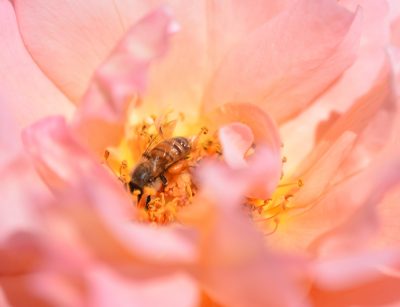
Many homeowners find themselves annoyed by bees, worried about possible complications from stings. But in reality, bees generally don’t seek out people to sting, and will mostly leave you alone so long as you aren’t interfering with their nests. Wasps and hornets are much more aggressive! Read more
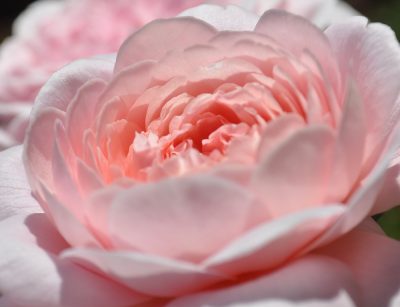
We often choose plants for our gardens based on their visual appeal. Maybe you’re seeking a particular color of bloom, or you want something that blooms at a particular time of year. Visual aesthetics are certainly one of the most important aspects in planning landscaping projects, but they aren’t the only consideration! If you also enjoy the scents of your plants, you might be interested to know that many people choose rose bushes based on smell rather than visual appeal. Read more
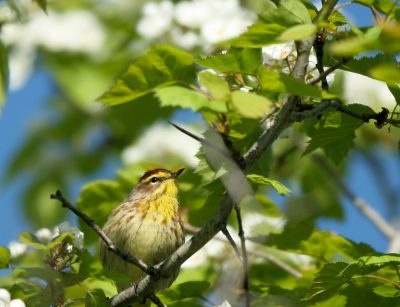
If you enjoy watching birds, you don’t necessarily need to travel across the country in search of them. With a little effort, you can attract many species to your own backyard, where you can enjoy the natural ambiance of their songs.
To attract birds, you must think like a bird. Why would a bird choose to visit a particular yard? Like most animals, birds need to eat and want to raise their young in a safe place. Remember to provide food, water, and nesting sites, and many species of birds will be happy to call your garden their home. Read more
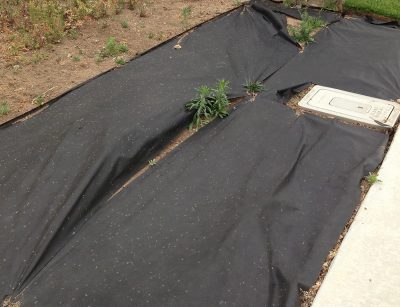
If you want to prevent weeds in your garden, one common solution is to use a weed mat. This barrier is made of a porous plastic material that allows water to move down into the soil, but prevents new weeds from growing up into the garden. A weed mat can indeed be useful in many situations, but it is not a one-size-fits-all solution by any means! Read more
